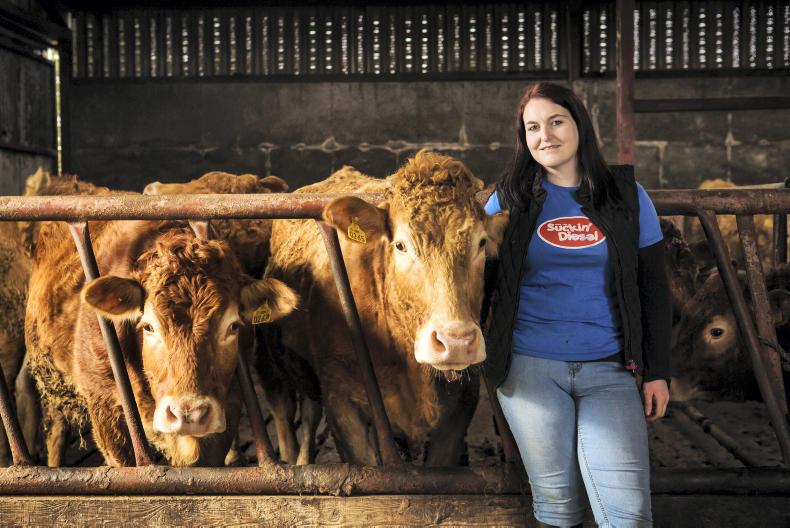The arrival of July meant we could finally get down to making our feed for winter. Although we always hope for hay, the weather rarely plays ball with calendar farming, and our traditional hay meadows tend to become silage.
Most years we’d get a small window of opportunity to make a couple of fields into hay, but this year it just didn’t work out. I found this rather disappointing as there is something very enjoyable about working hay outside in the sunshine, and the contentment of looking at a full hayshed after a hard day’s work would do your heart good.
Rain could be hammering down on the shed on a dark December evening but as the sweet scent of hay fills the shed during feeding, you can easily get transported back to the hot summer days and long evenings to go with them.
Time for a lot of nifty lifty ?? pic.twitter.com/6n0EgIkJ50
— Karen McCabe (@LadyHaywire) July 8, 2020
With the stop-start nature of baling, we had to adapt this year meaning some of our meadows didn’t get cut until mid-July. Consequently, we finished up with a surplus of bales, and combined with the remainder from last winter, we have around 30 more bales than we need.
However, it’s better to have too much than too little, as we never know just how long the winter will last.
Last of the meadows being baled today, great variety of ingredients in these bales ?? pic.twitter.com/U2XZ0W05SH
— Karen McCabe (@LadyHaywire) July 20, 2020
Field names
Like on a lot of farms, most of the fields here have names, with many simply carrying the title of those who worked on the land before us, giving us fields christened Casserlys, Mahons and Scanlons.
The families may be gone but their names live on and each year around baling time, they are remembered in kind as every field gets discussed regarding wet spots, stones and predicted bale yields.
Casserly’s in particular has a lot of stones to avoid, with one notable field having a single stone which I can never remember the exact location of, though every year without fail I find it before too long.
A few years ago, our crowbar also went missing and nobody had any idea of who used it last or where it had been left, though I’m fully sure it’s hiding in a corner of some field for an unsuspecting driver wielding the topper or mower.
GLAS restriction
Our pasture has been growing well so far this summer, the grazed fields were receiving a light shake of CAN after the cows, which was keeping us tipping along until we got the meadow aftergrass back into rotation.
We were lucky that we decided to get most of our topping done just after the GLAS restriction was lifted on 15 July, as the weather turned quite wet towards the end of the month.
They followed me up to the shed. That's how wet & miserable this morning is ?? pic.twitter.com/otM5ROoixa
— Karen McCabe (@LadyHaywire) July 23, 2020
This sudden change from summer weather meant the farming forecast was watched with grim apprehension last Sunday, and as we feared, no span of dry days was forecast.
With cows already sinking in the fields and looking unhappy under the hedges, we decided that the lesser of two evils was to house them for a few days.
There’s no point in growing grass if it will be trodden into mud before the cattle can graze it and the safety net of those extra bales has given us some leeway with our winter fodder budget.
The cows certainly had no complaints about going into the shed and while I was expecting a volley of roars each time they caught sight of anything vaguely human walking by the shed, they’ve stayed quiet so far.
Perhaps they were listening in on the weather forecast through the open window
Summer in Ireland eh ??
— Karen McCabe (@LadyHaywire) July 26, 2020
Took them in with the forecast showing more rain in the next few days. No point having them tramping the grass into muck. pic.twitter.com/tDA8Ine0c0






 This is a subscriber-only article
This is a subscriber-only article










SHARING OPTIONS: